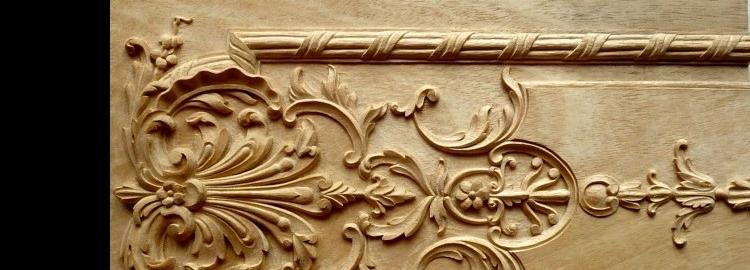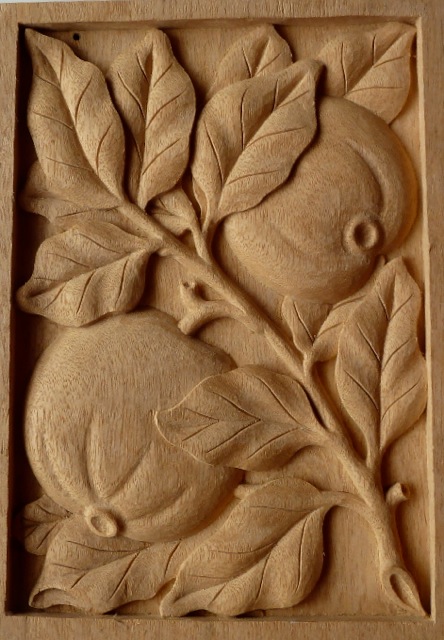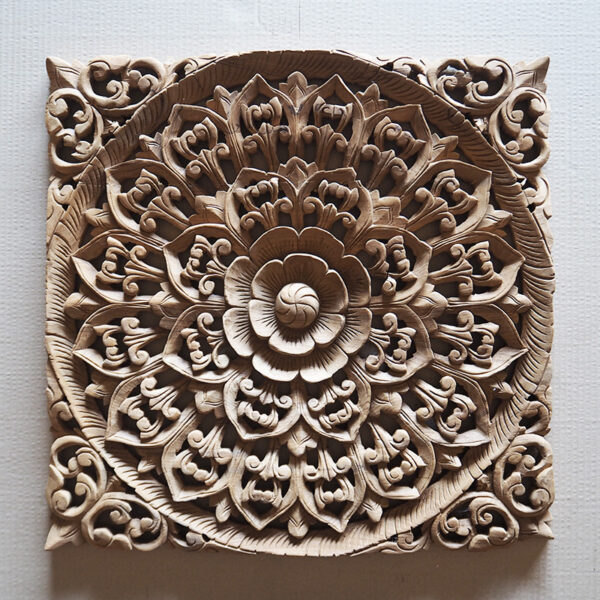Wood is not just a material; it’s a canvas for creativity. Decorative carved wood has been a staple in interior design for centuries, adding warmth, elegance, and a unique touch to any space. In this comprehensive guide, we’ll dive deep into the art of decorative carved wood, exploring its history, types, benefits, and how to incorporate it into your decor. Let’s unlock the beauty of wood together!
Table of Contents
- The History of Decorative Carved Wood
- Types of Decorative Carved Wood
- Benefits of Decorative Carved Wood
- Incorporating Decorative Carved Wood into Your Decor
- Caring for Decorative Carved Wood
- Pros and Cons of Decorative Carved Wood
- Frequently Asked Questions
The History of Decorative Carved Wood
Carved wood has been a part of human culture for millennia. From ancient Egyptian sarcophagi to ornate Gothic cathedrals, wood carving has been used to express artistic vision and cultural heritage. My personal experience with decorative wood began in my grandmother’s home, where intricate wooden sculptures adorned her walls, each telling a story of tradition and craftsmanship.
The Evolution of Wood Carving Techniques
Over time, wood carving techniques have evolved dramatically. Initially, wood was carved by hand using rudimentary tools. As technology advanced, machine carving emerged, allowing for more precise designs and mass production. Both methods remain popular today, each bringing its own unique aesthetic and charm.

Types of Decorative Carved Wood
Understanding the various types of decorative carved wood is key to selecting the right pieces for your home. Let’s explore two main categories: hand-carved and machine-carved wood.

1. Hand-Carved Wood
Hand-carved wood pieces are crafted by skilled artisans who pour their heart and soul into each creation. These pieces are often one-of-a-kind, showcasing intricate details and a level of artistry that can’t be replicated.
| Feature | Description |
|---|---|
| Artistry | Unique designs with intricate details. |
| Quality | Typically higher quality due to craftsmanship. |
| Price | Often more expensive due to labor and skill involved. |

Examples of Hand-Carved Wood
- Sculptures
- Furniture accents (e.g., chair backs, table legs)
- Wall art and decorative panels
2. Machine-Carved Wood
Machine-carved wood is produced using CNC (computer numerical control) machines that can carve intricate designs with precision. While these pieces can be mass-produced, they still offer beautiful designs that can enhance your decor.

| Feature | Description |
|---|---|
| Precision | Highly precise and consistent designs. |
| Cost | Generally more affordable due to mass production. |
| Availability | Widely available in various styles and finishes. |
Examples of Machine-Carved Wood
- Decorative panels
- Architectural details (e.g., moldings, trims)
- Furniture pieces with intricate designs

Benefits of Decorative Carved Wood
Choosing decorative carved wood for your spaces comes with numerous benefits, making it a worthwhile investment. Here are a few reasons why you should consider incorporating it into your home decor:

1. Aesthetic Appeal
Decorative carved wood adds an element of beauty and sophistication to any room. The intricate designs can accentuate your furniture and enhance the overall decor.
2. Natural Warmth
Wood is a natural insulator that brings warmth to your environment. Unlike cold metal or plastic materials, wood creates a cozy atmosphere.

3. Lasting Durability
When properly maintained, carved wood pieces can last for generations, becoming family heirlooms that can be passed down.
4. Versatile Design Options
Carved wood comes in various styles, from traditional to modern, allowing you to find pieces that perfectly match your aesthetic preferences.
Incorporating Decorative Carved Wood into Your Decor
Now that we understand the benefits, let’s explore how to effectively incorporate decorative carved wood into your living space.
1. Statement Pieces
Choose one or two larger carved wood pieces, such as a large sculpture or an intricately carved piece of furniture, to make a bold statement in your room.
2. Accents and Accessories
Smaller carved wood accents, like picture frames, coasters, or candle holders, can subtly enhance a room without overwhelming it.
3. Wall Art
Wooden wall art can serve as a stunning centerpiece in any room. Consider a hand-carved mural or a set of wooden panels that draw the eye.
4. Mix and Match
Pair carved wood with other materials, such as metal or glass, to create a dynamic, layered look in your space.
Caring for Decorative Carved Wood
Proper care is essential to maintain the beauty and integrity of decorative carved wood. Here are some tips based on my experiences:
1. Dust Regularly
Use a soft, dry cloth to dust your carved wood pieces regularly. Avoid using water or harsh cleaning products that can damage the finish.
2. Protect from Direct Sunlight
Position your carved wood pieces away from direct sunlight to prevent fading and drying out.
3. Humidity Control
Maintaining a stable humidity level in your home can help prevent wood from warping or cracking. Consider using a humidifier in drier months.
Pros and Cons of Decorative Carved Wood
As with any design choice, there are pros and cons to consider when choosing decorative carved wood:
| Pros | Cons |
|---|---|
| Unique artistic expression | Potentially high cost (especially hand-carved) |
| Enhances the warmth of a space | Requires regular maintenance |
| Durability when cared for properly | Can be heavy and difficult to move |
Frequently Asked Questions
What types of wood are commonly used for carving?
Common types of wood used for carving include oak, walnut, cherry, and mahogany. Each type has its own unique grain and durability.
Is hand-carved wood more expensive than machine-carved wood?
Yes, hand-carved wood is typically more expensive due to the labor and skill involved in the craftsmanship.
How can I ensure my carved wood pieces last long?
Regular dusting, avoiding direct sunlight, and controlling humidity can help maintain your carved wood pieces for years to come.
Can I combine carved wood with modern decor?
Absolutely! Decorative carved wood can be beautifully paired with modern decor for a unique and eclectic look.
Where can I buy decorative carved wood items?
You can find decorative carved wood items at local artisan shops, online marketplaces, or specialty home decor stores.
Conclusion
Decorative carved wood has the power to transform your living space into a warm, inviting, and aesthetically pleasing environment. By understanding its history, types, benefits, and care routines, you can make informed choices that reflect your personal style. Dive into the world of decorative carved wood, and let your home tell a beautiful story!